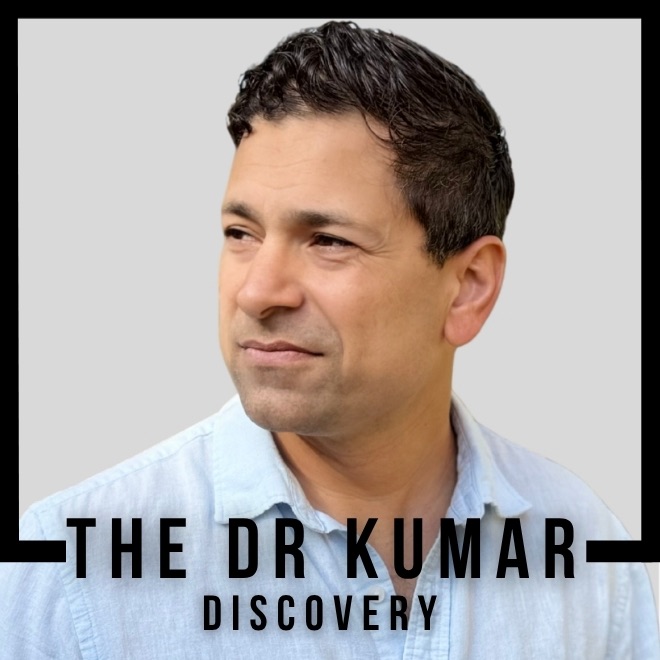Dr. Kumar’s Take:
This study offers strong population, level evidence that natto, a traditional Japanese food made from fermented soybeans, may help reduce bone loss in postmenopausal women. Natto is high in menaquinone-7 (MK-7), a form of vitamin K2 that helps activate proteins needed for healthy bones. Frequent natto consumption was linked to less bone loss in key skeletal sites like the femoral neck.
If you’re looking for a food-based way to support bone health, especially post-menopause, adding natto to your weekly diet might be worth considering.
Key Takeaways:
✔ Postmenopausal women who ate more natto lost less bone at the femoral neck and wrist over 3 years.
✔ No benefit was seen from tofu or other soy products.
✔ The benefit may come from high levels of vitamin K2 (menaquinone-7) found in natto.
Actionable Tip:
If you’re postmenopausal, consider adding 1–4 servings of natto (40g per serving) to your weekly diet or take a daily Vitamin K2 MK7 supplement.
Brief Summary:
Researchers followed 944 Japanese women aged 20–79 as part of the Japanese Population-based Osteoporosis Study (JPOS). Over a 3-year period, they looked at how often participants ate natto and measured their bone density at several points on the body.
In postmenopausal women, those who ate more natto had less bone loss in key areas like the femoral neck and wrist. These effects remained even after adjusting for age, calcium intake, and other lifestyle factors. No benefit was seen in women who ate tofu or other soy products.
Study Design:
- Type: Population-based cohort study
- Participants: 944 healthy Japanese women aged 20–79
- Timeframe: 3-year follow-up
- Assessments: Bone mineral density (BMD) at spine, hip, forearm
- Diet Tracking: Food frequency questionnaire focused on soy products (especially natto)
- Key Nutrient: Menaquinone-7 (vitamin K2), ~350 µg per 40g serving of natto
Results:
- In postmenopausal women, higher natto intake was linked to slower bone loss at the femoral neck and wrist.
- No such association was found for tofu or non-fermented soy products.
- The effect was strongest in women aged 60–69.
- Adjustments for calcium, exercise, weight, and smoking didn’t change the results.
How Natto May Support Bone Health
Natto is extremely high in vitamin K2, specifically menaquinone-7, which helps activate osteocalcin—a protein that binds calcium to bone. It also contains isoflavone aglycones, a more absorbable form of plant estrogens that may help slow bone breakdown. Both compounds are more concentrated in natto than in other soy products.
Related Studies and Research
Explores natto intake’s association with reduced bone loss rates in postmenopausal women. – Links fermented soy consumption with slower bone resorption.
Comprehensive meta-analysis of randomized trials on MK-7 supplementation and osteoporosis prevention in postmenopausal women. – Aggregates trial results on skeletal preservation.
Three-year RCT evaluating low-dose MK-7’s impact on bone loss in healthy postmenopausal women. – Details long-term MK-7 effects on bone density.
Compares bioavailability and serum retention of MK-7 versus MK-4 in healthy women. – Contrasts pharmacokinetics of two K2 forms.
Investigates combined vitamin D3 and K2 supplementation effects on bone mineral density over 18 months. – Reviews D+K synergy in BMD changes.
Frequently Asked Questions
What is natto?
Natto is a sticky, fermented soybean dish commonly eaten in Japan. It’s known for its strong smell, unique texture, and high content of vitamin K2 (MK-7).
Does tofu offer the same benefits?
No. In this study, tofu and other soy products did not show the same bone-protective effects as natto. This may be due to differences in MK-7 and isoflavone content.
How much natto should I eat?
Participants who saw benefit ate at least 1–4 servings (packs) of natto per week. Each pack is about 40g and contains ~350 µg of MK-7.
Is natto safe to eat daily?
For most people, yes. But if you’re on blood thinners like warfarin, you should talk to your doctor before increasing vitamin K intake.
Conclusion
This large population study shows that eating natto may slow bone loss in postmenopausal women—particularly at high-risk areas like the hip and wrist. The benefits likely come from its rich content of menaquinone-7 (vitamin K2) and bioavailable isoflavones. It’s a simple, natural dietary change that could support long-term bone health.


